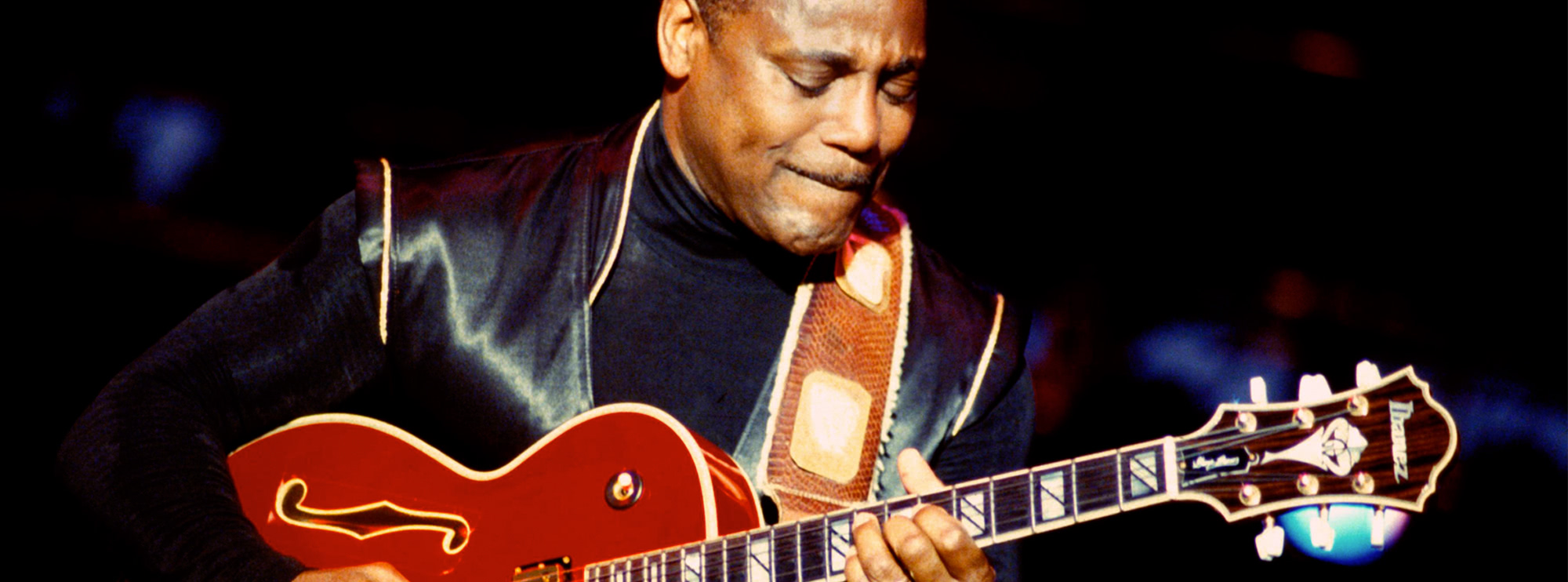Machine Head by Deep Purple: A guitarist's perspective
Guitar lessons by Danny Gill
"Machine Head" is the sixth studio album by English rock band Deep Purple, released in 1972. This album is one of the cornerstones of heavy metal and hard rock, featuring innovative guitar work from legendary guitarist Ritchie Blackmore. Commercially, it is the band’s most successful album, topping the charts in several countries following its release. Machine Head reached number 1 in the United Kingdom and stayed in the top 40 for 20 weeks, and in the United States, it remained on the Billboard 200 for an incredible 118 weeks.
Join renowned Lick Library veteran Danny Gill as he dives into Richie Blackmore's riffs and licks from the Deep Purple classic Machine Head. In this course you’ll be learning classic tracks such as “Highway Star”, and “Space Truckin’”, and the inimitable “Smoke on the Water”.. In this article, we will explore the album from a guitarist's perspective, analysing each song, guitar scales, solo techniques, and the lead guitarist's contribution to the album. We will also provide a list of guitar techniques used in the album at the end.
Highway Star
"Highway Star" is a fast-paced, driving song that showcases Blackmore's prowess on the guitar. The track begins with a G minor riff, which transitions into a D minor pentatonic scale during the verses. The guitar solo features extensive use of the harmonic minor scale, particularly in A minor, and rapid alternate picking runs. Blackmore's solo is a textbook example of how to build tension and release in a rock solo, with its climactic ending using slides and bends to heighten the excitement.
Maybe I'm a Leo
"Maybe I'm a Leo" showcases a more laid-back, bluesy side of Deep Purple. The song is built around a simple G minor pentatonic riff, with Blackmore making use of double stops and bluesy bends to create a thick, textured sound. The guitar solo features a mix of pentatonic and blues scales, with expressive string bending and vibrato giving it an emotional depth.
Pictures of Home
In "Pictures of Home," Blackmore employs a clean, arpeggiated chord progression in G minor that is reminiscent of classical guitar. The solo is a tasteful blend of blues and minor pentatonic scales, with Blackmore employing a variety of techniques such as string bending, slides, and vibrato to create a dynamic and melodic solo.
Never Before
"Never Before" is a hard rock track with a strong, syncopated rhythm. The main riff is based on the E minor pentatonic scale, and the solo uses a combination of E minor pentatonic and blues scales. Blackmore demonstrates his mastery of the guitar in the solo, with extensive use of alternate picking, string bending, and slides.
Smoke on the Water
"Smoke on the Water" is undoubtedly one of the most iconic rock songs of all time, with its instantly recognizable G minor pentatonic riff. The track features a simple yet effective chord progression, and the solo showcases Blackmore's ability to create memorable melodies using the G minor pentatonic scale. The solo also includes chromaticism, adding an unexpected twist to the otherwise straightforward scale.
"Smoke on the Water" was inspired by a real event where a fire broke out during a Frank Zappa concert in Montreux, Switzerland, in 1971. The smoke from the fire spread over Lake Geneva, inspiring Deep Purple to write this iconic song, with its memorable G minor pentatonic riff and compelling narrative.
Lazy
"Lazy" begins with an atmospheric, bluesy intro in C minor, featuring slides, double stops, and string bending. The track then transitions into a high-energy blues-rock jam, with Blackmore's solo utilizing the C minor pentatonic scale and a variety of techniques, including hammer-ons, pull-offs, and bluesy bends.
Space Truckin'
"Space Truckin'" is an exhilarating rock track with a pulsating rhythm and a memorable C minor riff. The energetic guitar solo extensively employs the C minor pentatonic scale, with Blackmore showcasing techniques like alternate picking, slides, and string bending, resulting in a dynamic and lively solo that perfectly complements the song's high-octane nature.
The guitar solo features extensive use of the C minor pentatonic scale, with Blackmore employing techniques such as alternate picking, slides, and string bending to create a dynamic, energetic solo.
Ritchie Blackmore's Contribution to Machine Head
Ritchie Blackmore's innovative guitar work on "Machine Head" has undoubtedly left a lasting impact on the world of rock music. His unique blend of classical, blues, and rock influences, combined with his technical prowess, helped to define the sound of Deep Purple and inspire countless guitarists. Blackmore's ability to create memorable riffs, solos, and melodies using a variety of scales and techniques is a testament to his versatility and creativity as a musician.
Blackmore's playing on "Machine Head" is marked by a keen sense of dynamics, with his use of both clean and distorted tones adding depth and contrast to the album. His solos often feature a mix of blues and minor pentatonic scales, demonstrating his strong grounding in the blues tradition while also pushing the boundaries of rock guitar. Moreover, his incorporation of chromaticism and harmonic minor scales adds an element of sophistication and unpredictability to his playing.
Throughout the album, Blackmore demonstrates his mastery of various guitar techniques, such as alternate picking, string bending, vibrato, slides, and double stops. These techniques, combined with his melodic sensibility and keen sense of timing, make his playing on "Machine Head" both technically impressive and emotionally compelling.
In conclusion, "Machine Head" by Deep Purple is an essential album for any guitarist looking to study the intricacies of rock guitar playing. Ritchie Blackmore's innovative and emotive playing on this album has left a lasting impact on the world of rock music and serves as a masterclass in guitar technique and creativity. By analysing the songs, scales, and techniques used throughout the album, guitarists can gain valuable insight into the art of rock guitar and expand their own musical horizons.
Guitar Techniques Used on "Machine Head"
The guitar techniques employed on "Machine Head" showcase Ritchie Blackmore's versatility and skill. His mastery of vibrato adds expressiveness to solos, while alternate picking enables fast, clean runs. String bending and bluesy bends contribute to the album's emotive quality, and slides create smooth transitions between notes. Double stops add thickness and texture to riffs, and chromaticism introduces unexpected elements. Hammer-ons and pull-offs provide fluidity in Blackmore's playing, while syncopated rhythms lend complexity to the album's sound. Occasional palm muting adds a percussive edge, and arpeggiated chord progressions demonstrate Blackmore's classical influence.
- Vibrato
- Alternate Picking
- String Bending
- Slides
- Double Stops
- Bluesy Bends
- Chromaticism
- Hammer-Ons
- Pull-Offs
- Syncopated Rhythms
- Arpeggiated Chord Progressions
- Palm Muting

About The Tutor
Tutor Profile
Danny Gill
Danny Gill is, without a doubt, the most loved tutor by our community. With an incredible array of DVDs and web lessons for LickLibrary covering a wide variety of topics all of which he covers with incredible detail, it's no wonder he carries as much respect as he does. As...



